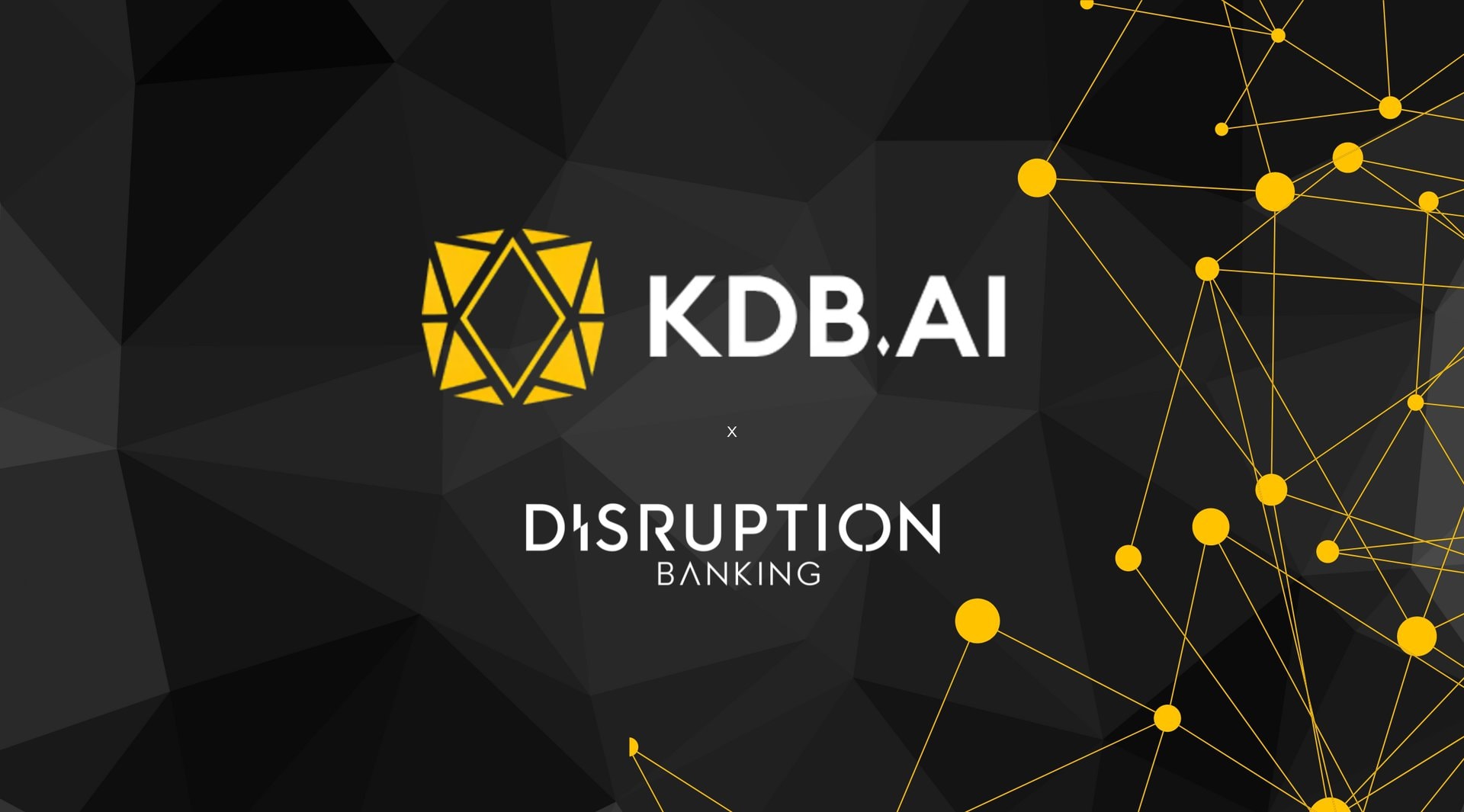Cathie Wood has become (in)famous as one of the most disruptive investors on Wall Street. A seemingly affable figure who openly discusses her investment strategies on YouTube and numerous social media platforms, Cathie Wood and her firm Ark Invest have attracted a legion of online fans. Many are genuinely excited by the company’s ambitious and relentless focus on the technological innovations of the future, the companies which they believe will change the world – and grow exponentially.
In fact, Cathie was on Twitter just this week giving Elon Musk a piece of advice that many commentators will find interesting:
In the late 1800’s and early 1900’s – as telephone, electricity, and the automobile were emerging – the US equity market cap relative to GDP appears to have been 2-3 times higher than it is today. We need to verify this difficult-to-get data but, if true, I have a hypothesis. https://t.co/7V4dNo3vBL
— Cathie Wood (@CathieDWood) April 11, 2021
Many established firms resent the context of Wood’s success: a market that rewards fast-growing, cash-burning tech companies in defiance of many orthodoxies. Cathie Wood herself has become controversial for this reason, a ‘love her or hate her’ figure for many in the industry. But the huge returns generated by Ark’s ETFs – all five gained over 100% last year – mean that, either way, she is now impossible to ignore.
Who is Cathie Wood, and what can we learn from her focus on ‘disruptive innovation’?
Following 100%+ returns for five ARK ETFs in 2020, fintech looks to be the big play for 2021.https://t.co/ZLbr90VcZw
— TheStreet (@TheStreet) January 20, 2021
Wood had a strong career in New York before founding Ark Investment in 2014. In 2001, after a successful 18-year stint at Jennison Associates and having co-founded a hedge fund, she joined asset management firm AllianceBernstein. Wood was Chief Investment Officer of Global Thematic Strategies and had five billion dollars’ worth of assets under management. It was at AllianceBernstein that she first pitched the idea of an actively managed ETF based on disruptive innovation. Perhaps because the pitch came in the aftermath of the 2008 financial crash (and Wood had been widely criticised for performing worse than the overall market during it), or perhaps because it was simply something not done by traditional firms, the idea was considered far too risky. Wood therefore left, founding Ark Invest ‘to focus solely on disruptive innovation’.
But what defines an innovative company for Cathie Wood and Ark Invest?
According to Ren Leggi, Client Portfolio Manager at Ark, there are three main characteristics. They must be based on technologies that cannot be siloed into one single sector (for example, electric vehicles span the automobile, tech, robotics, artificial intelligence and energy storage industries). They must cut across geographies and industries and therefore be potentially applicable in a whole range of markets globally.
Secondly, there must be evidence of a steep cost curve decline – proof that the cost of manufacturing their goods is to become increasingly cheaper, and therefore the product increasingly profitable. Ark offers the example of lithium-ion batteries’ cost decline since 2007 as a case study for how, once the unit demand crosses a critical threshold, the rate at which costs decline massively accelerate. This comes at the same time as production growth rates also increase. This in turn expands the products’ usage across markets and facilitates its use in a wider range of present and future products.
Finally, according to Leggi, innovative companies must themselves be a platform for other new technologies to be built on. They should be a springboard for further technological development and growth opportunities, because this means their potential uses are in theory limitless. The market will naturally underestimate – and undervalue – such platforms because forecasts would require the prescient anticipation of products and services which do not yet exist. Investing now in technologies which Ark expects ultimately to be the bases of the global economy – such as AI and blockchain technology – may offer rewards on the future goods which will spawn from them. The potential growth is exponential.
What do investors make of Ark?
Many investors dismiss this as fanciful thinking. To put it lightly, heads were turned when Wood predicted in March that the Tesla share price would increase to $3000 per share by 2024, more than quadrupling from $677 at time of writing. That said, heads had also been turned previously back in 2018 when she predicted a split-adjusted price of $4000 by 2023 when the stock was trading at around $250. The price hit $4500 in 2021. Wood has also been particularly bullish about the price of Bitcoin and argued recently that its value will rise tenfold and overtake the price of gold – Ark holds approximately 3.1% of the entire Bitcoin supply. Many see this as simply ridiculous.
Tesla + bitcoin = a good week for Ark’s Cathie Wood https://t.co/9c504tdDha
— FT Markets (@FTMarkets) February 11, 2021
Yet these huge, outlandish valuations are part of the buzz that Wood creates. Huge numbers of people are excited not only by the potential for huge returns – the minimum rate of return for any stock to enter an Ark ETF is a compound annual rate of 15% (this means the price doubles over five years) – but by the chance to be involved in the companies and technologies that are going to shape the world.
Tesla is a perfect case study for Wood’s investment philosophy.
This is hardly surprising as the company is the single biggest holding in Ark’s strategies and has a 10.1% weighting in Ark’s Autonomous Tech ETF (this caused some problems recently when Tesla’s valuation fell sharply leading to billions of dollars of outflow in Ark ETFs). According to Wood, the traditional automobile industry has ‘matured’ and peaked. For established companies lower prices are in fact a bad thing as they lead to ‘higher inventories and lower sales’. Hence when Elon Musk announced in September last year that Tesla were to cut the price of a Model 3 down to $25,000, various firms sold-off exposure to the stock or cut their price targets. Many are constrained by the narrow, arguably even simplistic, notion that lower prices mean fewer returns and less profit.
Predictably, when @elonmusk announced at Battery Day last week that $TSLA would cut the price of a Model 3 to $25,000, several financial analysts panicked, downgrading the stock and/or cutting their price targets. In our view, traditional financial analysts have missed the mark.
— Cathie Wood (@CathieDWood) September 28, 2020
But for Wood and Ark, lower costs and lower prices for consumers are part of what defines an innovative company. It is how a company generates exponential growth and expands into a wider array of markets. Tesla is the primary holding in Ark’s strategies because they expect the cost of the car’s battery pack systems to decline rapidly, and thus for Tesla to move into a whole range of different industries, some of which do not yet really exist. Autonomous driving, artificial intelligence, robotaxis and space travel are just some of the possibilities Ark sees as contributing to a multi-trillion dollar opportunity. In other words, many investors are limited by seeing Tesla as just an electric car manufacturer. Whilst Ark predicts this industry to grow hugely – Wood sees unit sales globally compounding at an 82% annualised rate in the next five years – this is just the foundation of an exponential growth trajectory. It is the basis from which a multitude of highly innovative products and services will spawn. The predicted growth rates are enormous, and for many simply unbelievable, but then few share Wood’s conviction in the future scale and value of the disruptive companies she invests in.
Why is there such a fundamental difference in approach between Ark and traditional firms?
Put simply, the vast majority of Wall Street and City firms are not set up in remotely the same way as Ark. To take the example of Tesla again, many investors missed the opportunity originally – and arguably continue to be wary of it even now – because it does not fit neatly into the very sector-specific areas their analysts research.
An automobile analyst will of course track BMW, Rolls Royce and Volkswagen, but will they spot the robotics and energy storage companies which are developing the technologies that will build the cars of tomorrow? Probably not, because it is not directly in their remit and the bureaucracy of a large firm can sometimes stifle cross-sector collaboration.
In contrast, Ark recognises that innovation platforms are cross-sector in scope and ramifications, and organises its analysts and research departments on that basis.
Many firms are also benchmark-centric, investing almost exclusively in firms represented on, for example, the NASDAQ or S&P 500. As a result, they are potentially underexposed to the tech start-ups and innovative companies which (for now) lack the market cap required to reach a benchmark. Despite this, they may well offer long-term, even exponential, growth potential.
Tesla entered the benchmarks just last Autumn when it exceeded $500 billion dollars in market cap, and it was only then that many started to invest in the company whereas Ark had already been exposed to it for many years.
In any case, benchmarks are backwards-looking: they are based on past performance, past profits and past returns rather than the opportunities of the future. Ark aims to spot such opportunities at an early stage of their development – before they are picked up by the benchmarks and therefore the wider market – and invest aggressively in them to generate the highest possible returns.
Perhaps more fundamentally, Ark also embraces volatility. As Wood suggested in a recent YouTube talk, institutions are increasingly risk averse because volatility has become a bad word.
After the tech and telecom bust of March 2000, and especially after the financial crisis of 2008, many suffered huge losses and underwent significant reorganisations to try and prevent this from happening again. For Wood, the result is that they are simply not able to analyse a stock such as Tesla, invest in a new opportunity such as Bitcoin, or take advantage of the innovative companies that risk managers will inevitably shun.
Ark is an active rather than passive investor; it navigates tumultuous times by trading around positions. It is not afraid to take gains when prices are high or reinforce their positions when market volatility means that certain stocks are (in their view) undervalued.
During February’s Tesla sell-off, Ark bought more than $120 million worth of shares at what they saw as discounted prices. It is hard to think of many institutions that would do the same.
May the latest Credit Suisse saga make big banks yet more risk averse still?
JUST IN: Ark’s website showed that the flagship fund bought an additional 177,214 shares of Tesla stock on Tuesday, worth roughly $123.8 million based on the stock’s closing price for the session. Wood also added more shares of Tesla to other Ark funds. https://t.co/T857G20kTR
— CNBC (@CNBC) February 24, 2021
Then there is the short-termism of many institutions. Analysts are judged on how well they perform compared to the index, and operate on five-year growth horizons. This not only means that the firms are at risk of taking advantage only of today’s opportunities – rather than the potentially bigger ones of the next decade or more – but that they are effectively miscalculating (or simply missing) the possible returns on disruptive companies.
As Wood herself has pointed out, there is not a huge amount of difference between linear and exponential growth in the first few years. Because start-ups and innovative companies are starting from zero, even a doubling of profit in the early years can seem minimal because it is still a low number in absolute terms. 1% growth in a multi-billion dollar company will offer much bigger returns than 100% growth in a start-up worth a few million on a short-time horizon. But Ark is focused on how well companies will perform in years and decades to come, not five years. Given they are launching ETFs such as a ‘Space Exploration and Innovation’ fund this is not exactly a surprise. Yet if – and it is a big if – they are indeed correctly identifying companies with exponential growth potential, the returns offered in the years to come will be incredible.
Why are Netflix, Alphabet and John Deere in ARK's new space ETF? Client portfolio manager Renato Leggi talks to @emilychangtv about the wildly popular fund https://t.co/aFmFoJQmTr pic.twitter.com/u5UDCwXvEM
— Bloomberg TV (@BloombergTV) April 9, 2021
Wood aims to lead an innovative, creative and ambitious firm that is not constrained by the short-termism of established institutions. This is reflected not only in Wood’s encouragement of open debate – she openly discusses investment strategies on Ark’s website in stark contrast to firms’ traditional guarding of trade secrets – but in the diversity of the company itself.
Who works at Ark?
25% of Ark’s 27-strong team in New York are from BAME backgrounds, 30% are women and the majority are in their twenties. Perhaps more interestingly, many have pursued previous careers in a wide-range of industries and do not necessarily have the finance-heavy backgrounds demanded by the established investment banks.
Amongst Ark’s ranks include cancer researchers, gaming engineers and a sailboat captain. Wood aims to foster a genuinely innovative environment, filled with analysts shaped by a wide range of experiences, that have a sharp eye to the industries and companies that are going to shape the future – and generate the highest returns.
In philosophy, strategy, and constitution, Ark is clearly something different. Whilst other institutions are beginning to offer exposure to innovative companies – such as the Direxion Moonshot Innovators ETF or the Goldman Sachs Innovate Equity ETF – there are few that are at ease with volatility and disruptive innovation as much as Ark. Yet as we have seen in the last year, difficult and tumultuous times are when innovation really matters the most – and when it is the most valuable. We have seen with the rapid development of, for example, Covid-19 vaccinations just how fast technological progress can completely change the global social and economic outlook.
There is such hype surrounding Cathie Wood because many people are genuinely excited by the positions she takes and, of course, the returns she says Ark can offer. More profoundly, they are keen to be associated with a firm that claims to be at the forefront of the huge technological changes going on in the world; funds that are helping drive progress and innovation whilst also offering almost unbelievable returns.
Though there will always be sceptics – and of course it remains to be seen whether Ark’s predictions are correct in the long-term – Wood’s track-record thus far suggests she must be doing something right. At the very least, she is disrupting an industry which has arguably become too backwards-looking and underexposed to the trends of the future.
Whether it is to destined to be a historic success or not, Cathie Wood’s story is certainly one that all disruptors must look at with interest and excitement.
Author: Harry Clynch
#ActivelyManagedETF #Disruptor #Investment #DisruptiveInnovation #Springboard #Telsa #Bitcoin #WallStreet #TheCity #Volatility #Tumultuous #ExponentialGrowth
















2 Responses